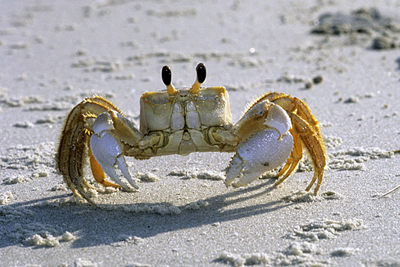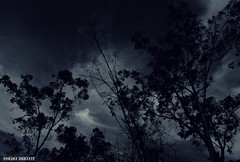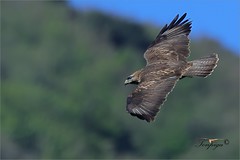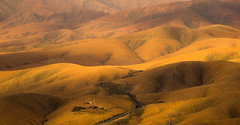With the rains we have had recently on the Island, plants that burned in the summer fires are now recovering rapidly. The first to show green in an otherwise charred black landscape were the saw palmettos which are also the dominant undergrowth shrubs on Cumberland. Any way you look at it, the palmetto plant plays a major roll in our sub-tropical forest. The thick cover from their broad leaves provides shelter for many species of animals. The plant itself collects and concentrates calcium that is redistributed into the shallow layers of soil when leaves die or burn, enriching the ground around it. Under certain conditions, palmettos can create a very hot, fast moving fire that scorches other plants but also helps to reduce parasites like bark beetles that attack pine trees. The hearty saw palmetto seems to thrive in areas that burn frequently and can grow in either shaded forest or open, full sunlit habitats.
In the early summer, palmettos will sometimes bloom with sweet smelling flowers that are sought after by beekeepers for the high quality honey they produce. After the flowers are gone, berries start to form in their place and are usually ripe by late summer or early fall. This is a nutrient rich food source for animals like deer, wild turkeys and raccoons. The early native Americans ate them too, but the sweet fruit has a very strong musky flavor so human consumption is based on an acquired taste. The heart of the palmetto plant where new leaves are formed was also harvested as a food source by early inhabitants of this region. I have always been amazed at how resilient, yet useful saw palmettos are while Cumberland Island supports many acres of them.
















You must be logged in to post a comment.